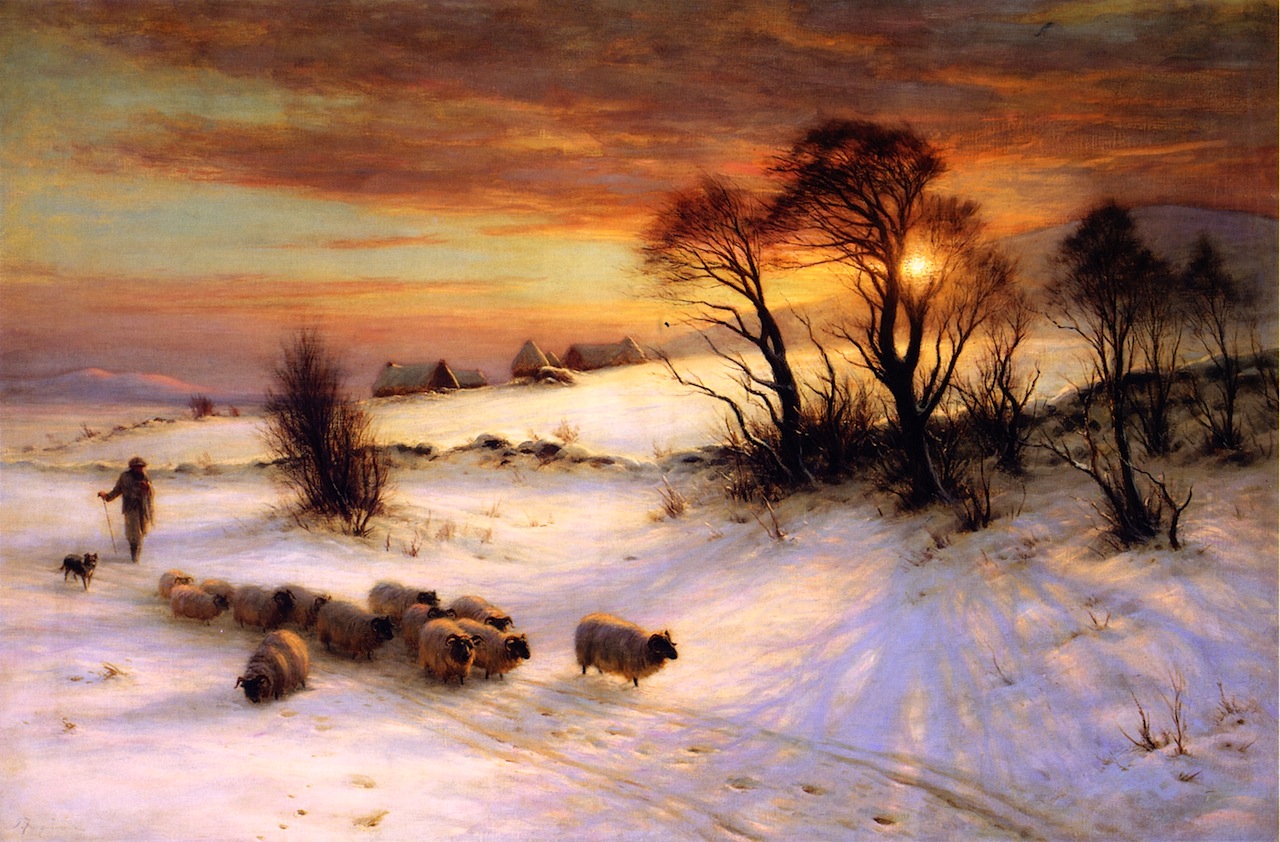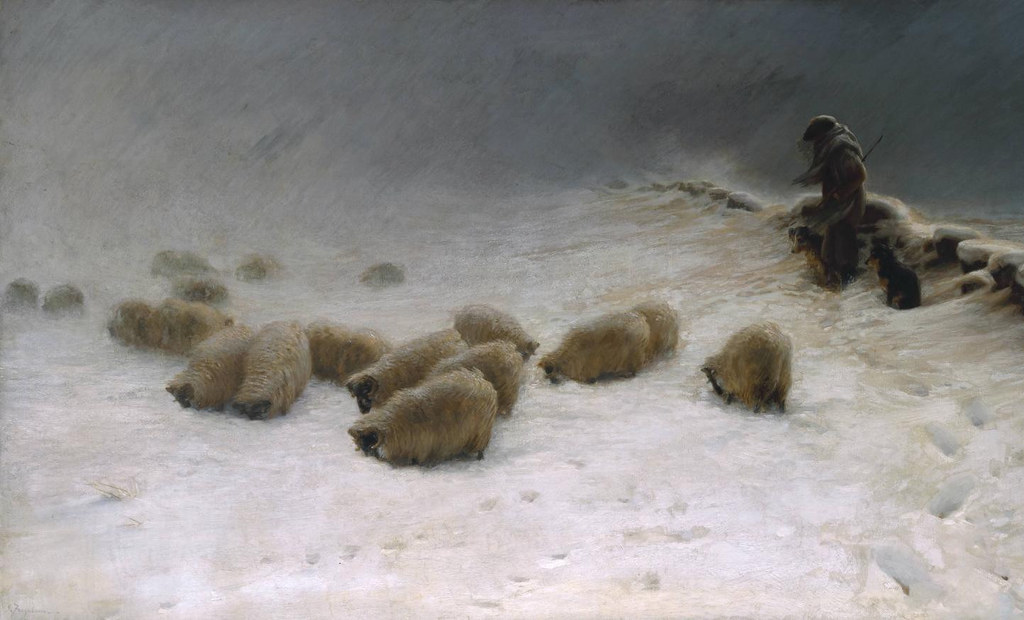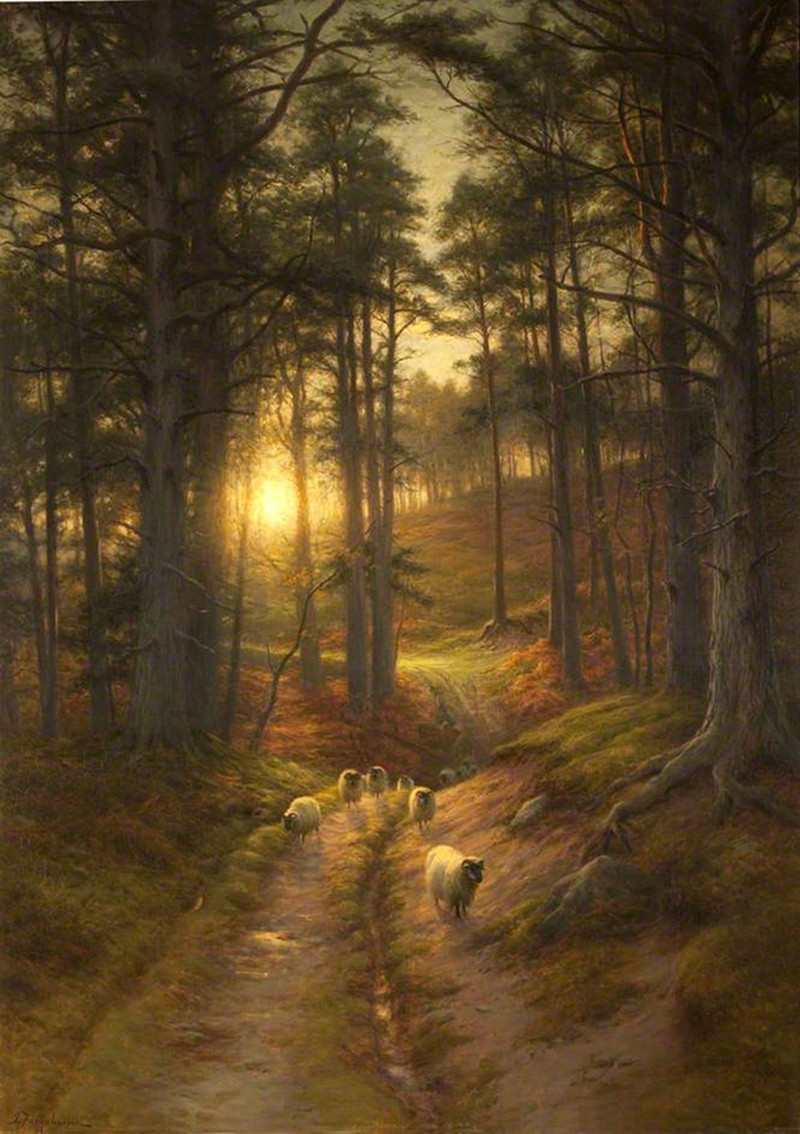The story of shepherding begins some 5,000 years ago in Asia Minor.
As the name implies, a shepherd is a sheep herder — derived from the Old English sceaphierde, where sceap means sheep and hierde, herder.
Kept for their milk, meat and most importantly their wool, sheep flock together for fear of danger and instinctively follow any of their group that takes the lead.
It is this herding characteristic that made sheep farming comparatively easy and low cost for most of the year.
With just a crook and a dog, a lone shepherd could control a flock and lead them to market for shearing in the spring.
The sheepdog helped keep the flock together and protect it from predators such as wolves.
But when winter came, it was a different story.
Cold, lonely, and bleak.
Since the fertile lowlands and river valleys were used to grow grains and cereals, sheep farming was restricted to the rugged upland and mountainous areas.
One such area was the Highlands of Scotland.
Constantly on the move, the flock grazed as best it could, navigating woodlands, streams, open fields, stone walls, and wooden fences.
Blizzards. Deep snow. Snow on snow.
Until the thaw arrived once more in the spring.
19th-century artist Joseph Farquharson captured the shepherd’s winter struggle perfectly.
There is something ethereal in these windswept, yet romantic paintings from the Scottish Highlands.
Perhaps someone was watching over the shepherd, his flock, and his trusty dog.






























